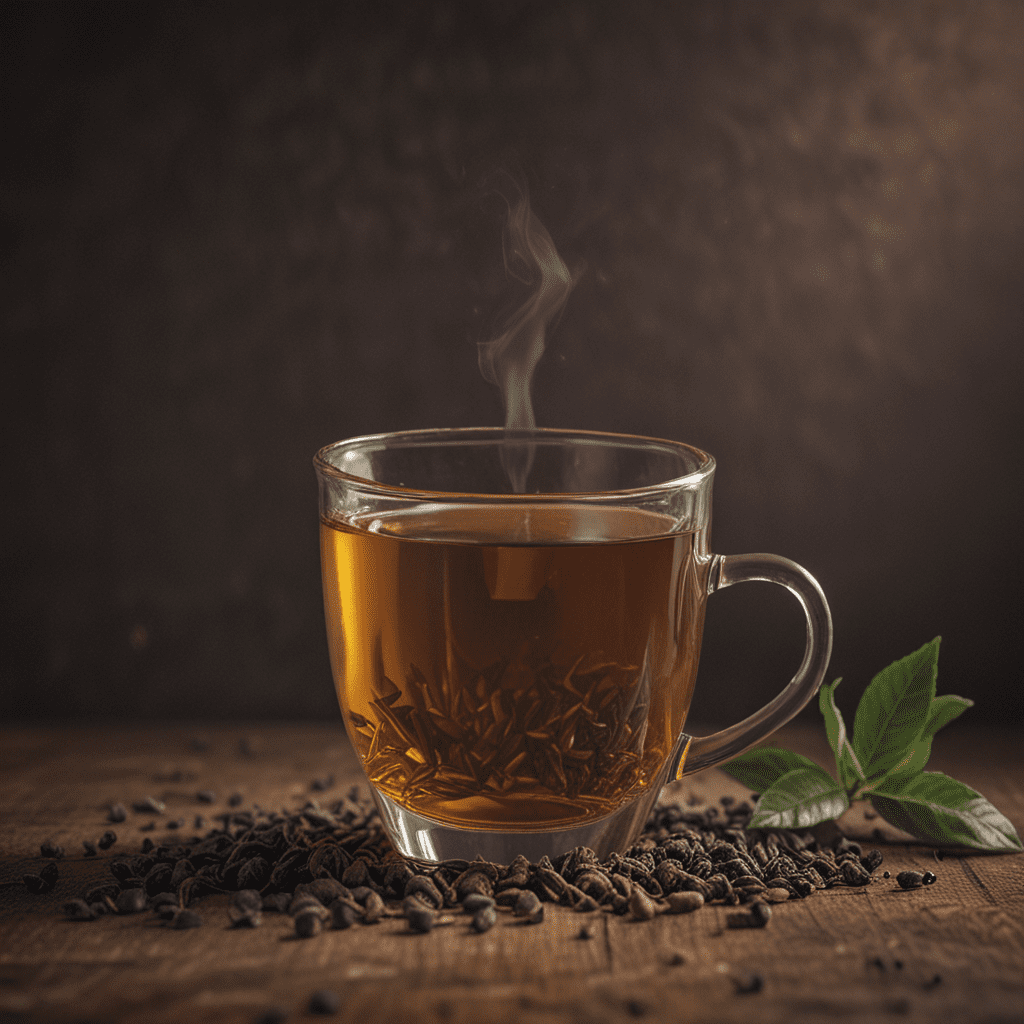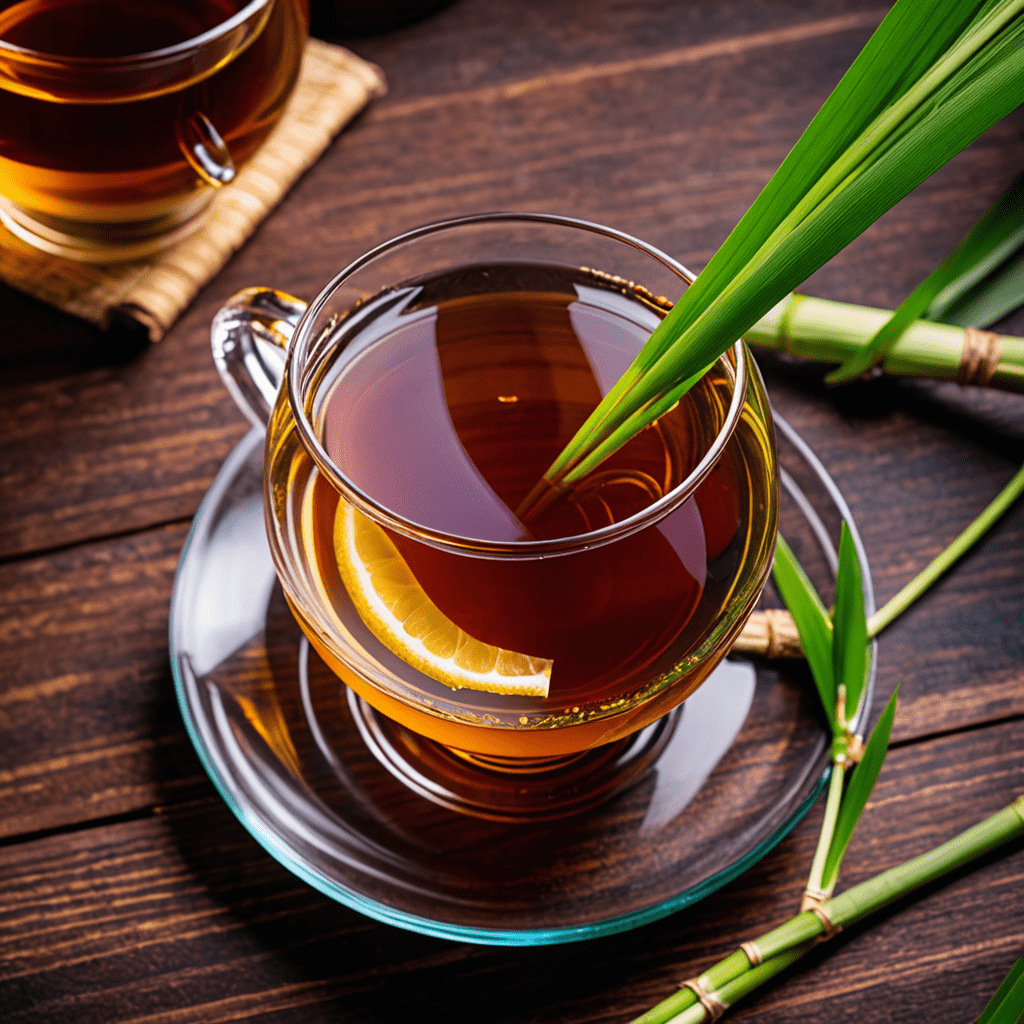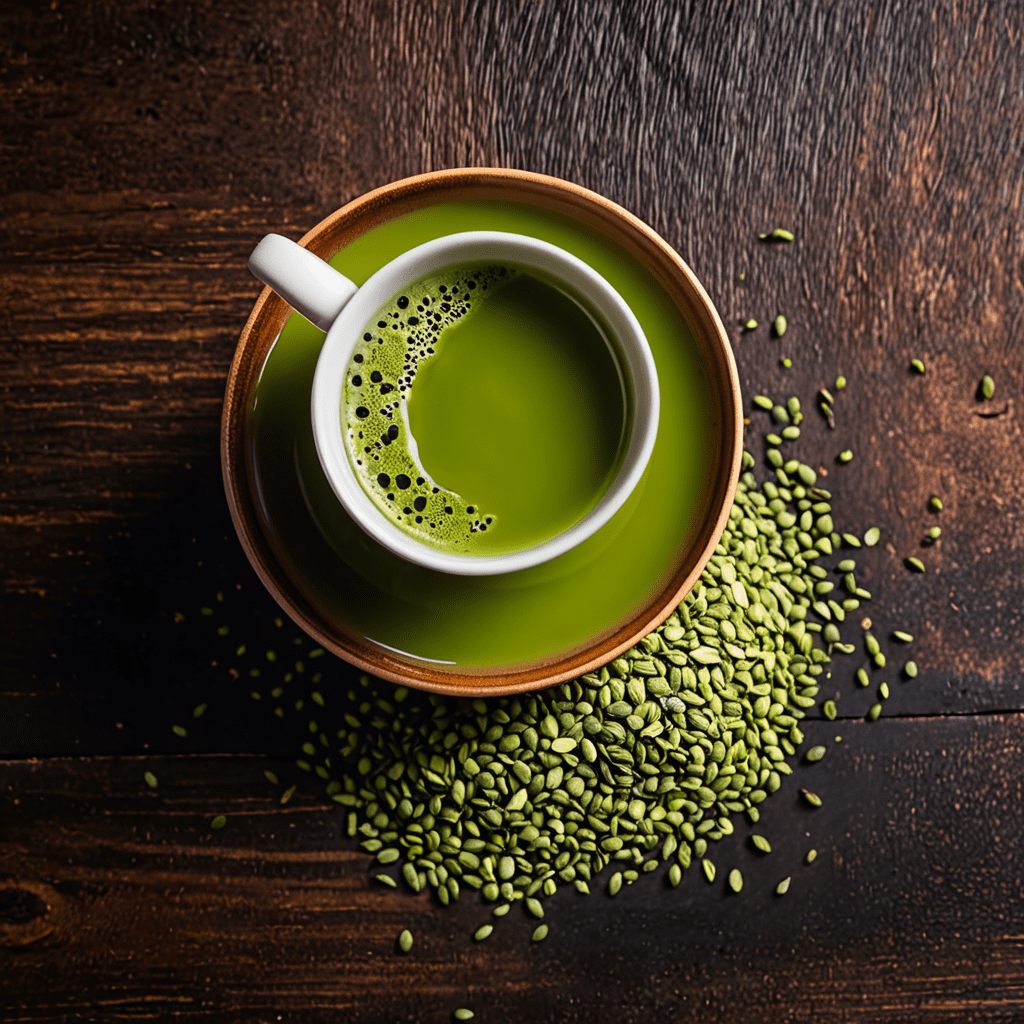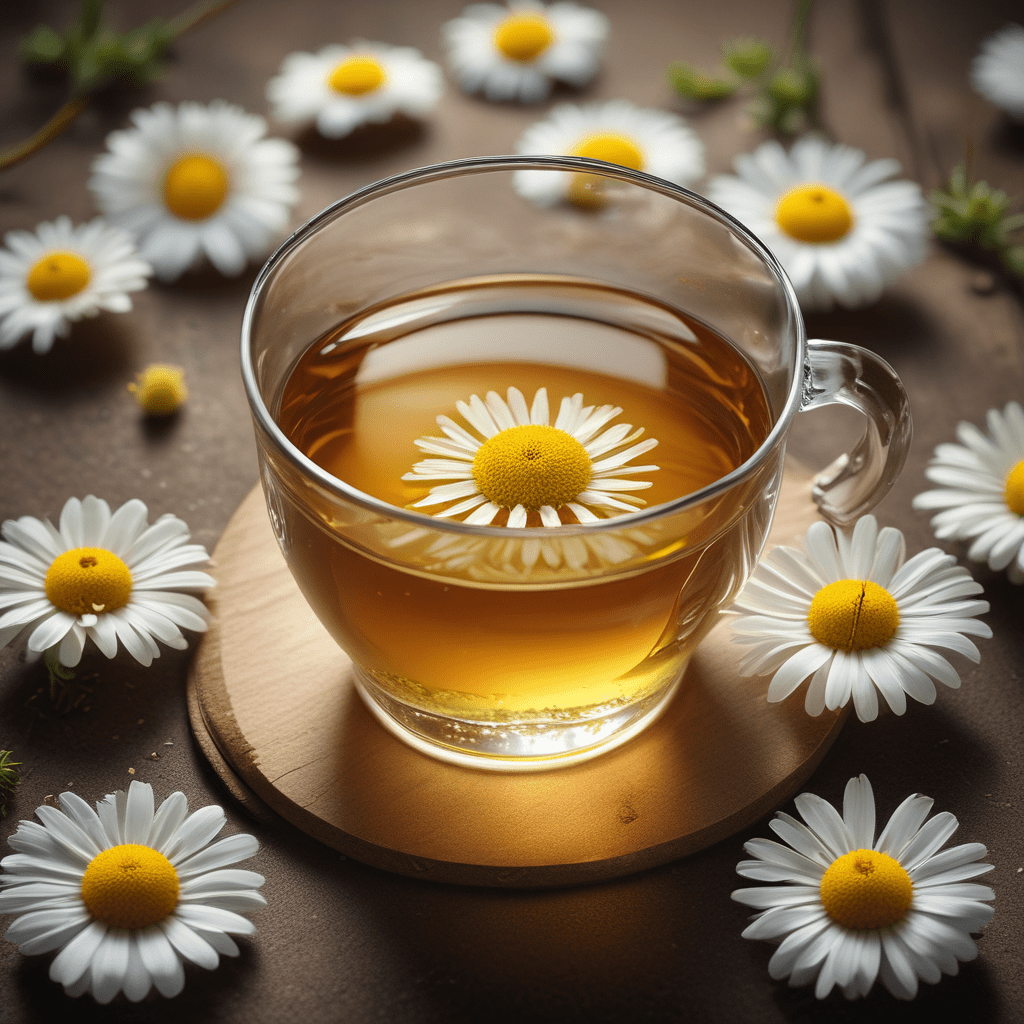The Allure of Assam Tea
Nestled in the verdant plains of northeastern India, Assam is the hallowed cradle of the world-renowned Assam tea. Known for its robust flavor, rich aroma, and vibrant golden-orange hue, Assam tea has captivated connoisseurs and tea enthusiasts alike for centuries. Its distinct characteristics and exceptional quality have earned it a coveted place among the most celebrated teas globally.
Historical Roots and Origins
The origins of Assam tea are shrouded in a tapestry of legend and tradition. Local folklore narrates that aboriginal tribes in Assam consumed tea leaves as an invigorating beverage long before the advent of recorded history. In the 19th century, Robert Bruce, a Scottish tea planter, discovered the wild tea plants flourishing in the region. He recognized their potential and initiated the cultivation of Assam tea, marking a pivotal moment in its legendary journey.
Assam's Climate: A Tea Paradise
The enigmatic flavor and aroma of Assam tea can be attributed to the unique climatic conditions prevailing in the region. Assam experiences abundant rainfall and ample sunshine throughout the year, creating an ideal environment for the growth and development of tea plants. The alluvial soil, rich in organic matter, provides the perfect foundation for these plants to thrive, fostering their robust growth and imparting their quintessential characteristics.
The Distinct Assam Tea Plant
Assam tea plants (Camellia assamica var. assamica) stand out from their counterparts with their distinctive characteristics. These plants are large, robust, and have broad, elliptical leaves. Unlike tea plants cultivated in other regions, Assam tea plants possess a higher concentration of theaflavins and thearubigins, the compounds that contribute to the tea's unique flavor and rich color.
The Art of Cultivating Assam Tea
Cultivating Assam tea is a delicate and intricate art, requiring expertise and meticulous attention to detail. The tea plants are typically pruned to promote lateral growth, encouraging the development of succulent, flavor-rich leaves. Skilled tea pluckers harvest only the two tender topmost leaves and the bud, known as the "two leaves and a bud," to ensure the finest quality.
The Intricate Process of Tea Making
Once the tea leaves are harvested, they embark on a meticulous journey to transform into the delectable brew we cherish. The leaves are first withered to reduce their moisture content, allowing their flavors to concentrate. Oxidation, a controlled process, is then initiated. During oxidation, enzymes within the leaves interact with oxygen, developing the characteristic malty flavor and rich color of Assam tea. The oxidation process is carefully monitored and halted at precisely the right moment to preserve the tea's optimal balance of flavors.
The Unique Flavor Profile: Malty, Rich, and Robust
Assam tea possesses a distinctive flavor profile that sets it apart from its counterparts. The robust, full-bodied brew exudes a pronounced malty character, often accompanied by hints of chocolate, honey, and caramel. Its deep, vibrant color further adds to its sensory appeal, creating a visually captivating and aromatic experience.
Health Benefits: Beyond the Brew
Beyond its exceptional taste, Assam tea offers a myriad of health benefits. Its high antioxidant content helps protect against cellular damage, while its polyphenols possess anti-inflammatory properties. Studies have suggested that regular consumption of Assam tea may reduce the risk of cardiovascular disease, improve cognitive function, and boost immunity.
Assam Tea: A Culinary Delight
Assam tea's versatility extends beyond its traditional role as a beverage. Its robust flavor and rich aroma have inspired culinary creations, elevating both savory and sweet dishes. From flavorful marinades and aromatic sauces to delectable desserts, Assam tea adds a unique depth and complexity to various culinary endeavors.
Sustaining the Legacy of Assam Tea
Preserving the legacy and ensuring the sustainability of Assam tea is of paramount importance. Sustainable farming practices, ethical harvesting techniques, and fair trade initiatives collectively contribute to the longevity of this iconic beverage. By embracing these principles, we can safeguard the future of Assam tea and continue to savor its exquisite flavors for generations to come.
FAQ
Q: What makes Assam tea different from other teas?
A: Assam tea is distinguished by its robust, malty flavor, rich golden-orange hue, and high concentration of theaflavins and thearubigins.
Q: What is the ideal brewing method for Assam tea?
A: To fully appreciate Assam tea's bold flavor, it is best brewed using the traditional black tea method. Use freshly boiled water and steep the tea leaves for 3-5 minutes, depending on your desired strength.
Q: Are there any health benefits to drinking Assam tea?
A: Yes, Assam tea is rich in antioxidants and polyphenols, which have been linked to various health benefits, including improved cardiovascular health, enhanced cognitive function, and a strengthened immune system.
Q: How can I incorporate Assam tea into my cooking?
A: Assam tea's versatility extends beyond its traditional role as a beverage. Its robust flavor adds depth and complexity to marinades, sauces, and desserts. Experiment with incorporating Assam tea into your culinary creations to elevate their flavor profiles.
Q: What is the significance of sustainable practices in Assam tea production?
A: Sustainable farming practices and ethical harvesting techniques are crucial to ensure the longevity of Assam tea. These practices promote the well-being of tea plants, protect the environment, and support the livelihoods of those involved in its production.



